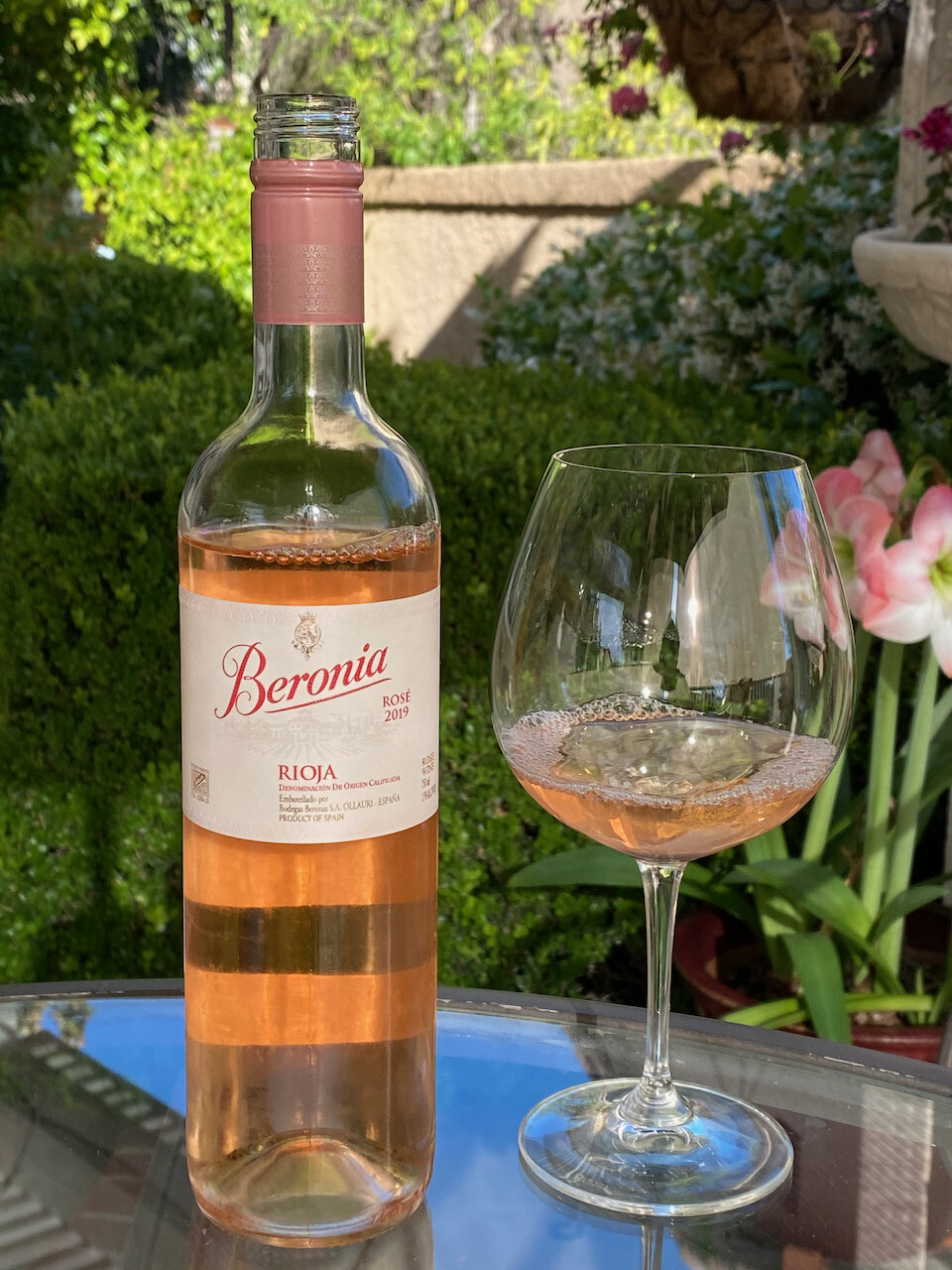2012 LAN Rioja Reserva
Recently I featured LAN Rioja Crianza as the Behind the Cork™ wine of the week. Now we step it up to the LAN Rioja Reserva.
This Rioja is from vineyards in the Rioja Alta and Alavesa subzones with an average age of vines
being more than 25 years.
This LAN Rioja is produced from 92% Tempranillo and 8% Mazuelo grapes. It is fermented in stainless steel tanks, and undergoes three weeks of maceration with frequent pumping-over to ensure a good color extraction. It is then aged for 18 months in hybrid barrels of French and American oak. LAN Reserva then remains another 20 months in the bottle to complete its rounding off.
The LAN Rioja Reserva is a medium ruby red in color with black cherry, black berry and raisin on the nose. It’s big on the front end with bright fruit flavors, jammy cherry, low acid and a hint of chocolate on the delicate finish.
Chill this LAN Rioja Reserva to 63 - 66 degrees F and enjoy with bold cheeses, grilled meats or just by the glass. Cheers!
Disclosure of Wine Sample Submission: I received this sample at no cost for review. The opinions expressed are entirely my own.
Sample Provided by Stefanie Schwalb, Gregory+Vine




